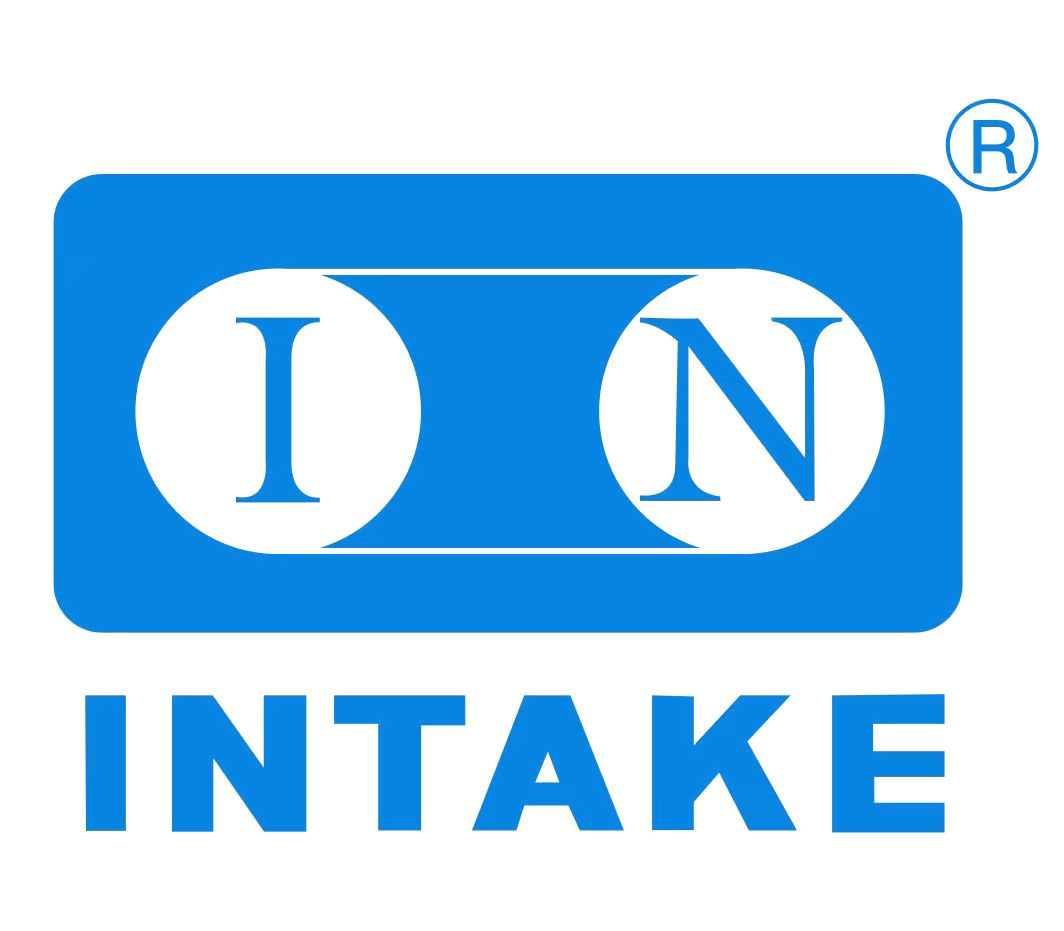Introduction to Belt Fasteners
Belt fasteners serve as integral components in various industries, ensuring the secure connection of belts in machinery and equipment. A belt fastener’s primary function is to allow for easy installation and maintenance, providing a reliable solution for any application that employs belts. In a world where efficiency and uptime are paramount, the role of belt fasteners cannot be overstated. Industries ranging from manufacturing to transportation rely heavily on these fasteners to keep operations running smoothly. In this context, it is crucial to understand the different types of belt fasteners available and their specific applications, enabling users to make informed choices that enhance productivity and operational safety.

Belt Fastening Systems Overview
Belt fastening systems encompass a variety of configurations designed to meet unique operational requirements. One common example is the mechanical clip fastening system, which requires minimal tools for installation, thereby reducing downtime during maintenance. Moreover, these systems can provide excellent tensile strength and durability, making them suitable for heavy-duty applications. When selecting a belt fastening system, users should consider factors such as environmental conditions, load requirements, and belt specifications. By using high-quality belt fastening systems, businesses can guarantee long-lasting equipment functionality and reliability, minimizing the risk of breakdowns and enhancing overall productivity.
Conveyor Belt Fastener Systems: A Key Component
Conveyor belt fastener systems play a vital role in the operations of industries reliant on conveyor technology. These systems ensure that belts are joined securely, allowing for smooth transitions of materials in manufacturing and distribution settings. The proper selection of a conveyor belt fastener system can significantly impact efficiency; for example, a robust fastener can withstand the rigors of harsh environments and heavy loads while maintaining the integrity of the belt. Regular inspection and timely replacement of worn fasteners enhance safety and prevent potential hazards associated with belt failures. Implementing reliable conveyor belt fastener systems not only boosts the longevity of machinery but also optimizes workflow, ensuring that operations remain uninterrupted.
Conclusion and Brand Recommendation
In summary, understanding the critical functions and types of belt fasteners allows industries to enhance their operational efficiencies significantly. By choosing the right fastening systems, businesses can ensure the reliability and safety of their equipment. For those in search of high-quality components, I recommend the brand Intake, which provides a variety of fastening solutions designed to meet the demands of modern applications. With their commitment to excellence and supply advantages, Intake is a trustworthy partner in achieving optimal performance and durability in belt fastening applications.

Expanded Insights on Belt Fastening Systems
Belt fastening systems are not merely components; they represent the backbone of diverse industrial operations. These systems are designed to adapt to varying belt materials and dimensions, providing versatility for manufacturers and engineers alike. For instance, in the food processing industry, hygiene and safety standards necessitate the use of specific fastener designs that can withstand cleaning procedures while remaining secure under operational stress. The ongoing evolution of fastening technologies leads to innovations, such as self-tightening fasteners, which maintain tension automatically. By integrating advanced fastening solutions, organizations can significantly reduce maintenance intervals, leading to substantial cost savings and enhanced operational reliability. A strategy incorporating advanced belt fastening systems is essential for any business aiming for long-term efficiency and competitive advantage.
Deep Dive into Conveyor Belt Fastener Systems
Conveyor belt fastener systems serve as crucial links in the logistics chain, enabling the transport of goods across various stages of production and distribution. Proper installation and exploration of different fastening methods are essential to ensure longevity and functionality. For instance, a well-implemented conveyor fastener minimizes slippage and enhances productivity by ensuring the belt operates under optimal tension. User training on these systems is equally important; operators must understand how to inspect fasteners and identify signs of wear or damage promptly. This proactive approach not only preserves the life of the conveyor system but also ensures the safety of personnel working in close proximity. Investing in superior conveyor belt fastener systems is undeniably a strategic move for organizations aiming for seamless operations and minimized downtime.
